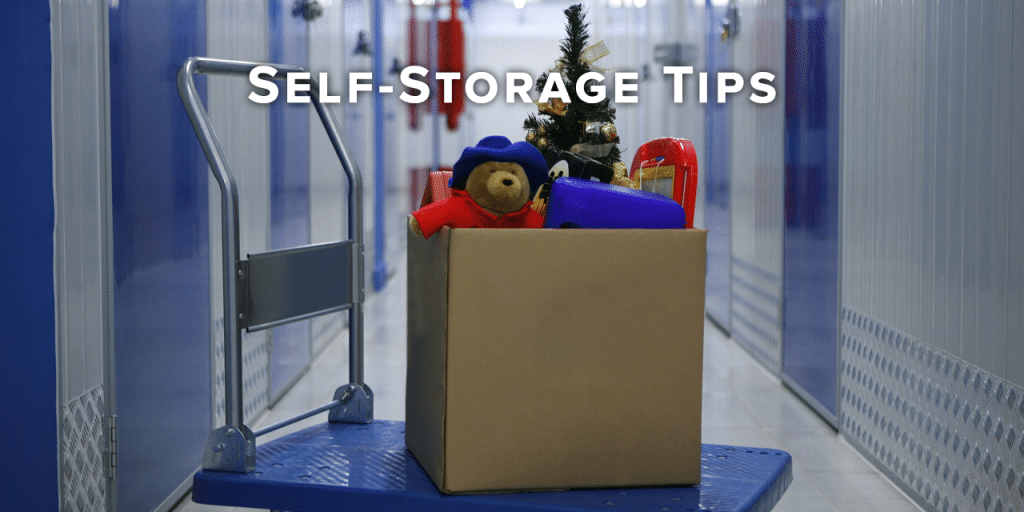Self-Storage Tips

Self-Storage Tips: The Do's & Don'ts
The Do's of Self-Storage
Find a Location Close to You
Determining the best location for your storage is the first step before you begin your search. Should your storage be close to home? Close to work? Close to where you’re moving to or moving from? Assess your needs and the frequency that you may need to visit the facility. Then, decide what kind of features you’ll need: Does it allow 24/7 access, climate-control, drive-up accessibility, etc? Mr. Mover has it’s own climate-controlled storage available as well as partnerships with approved storage facilities across Wisconsin. Learn more here!
Determine the Size and Type of Unit You Need
Once you have a location in mind, make sure that it has the size and type of unit you need available. With a variety of options to choose from, knowing what you’re after is important. Sizes can range from 5’ x 5’ to 10’ x 30’. There are also a variety of types of storage to choose from, including climate-controlled rooms, outdoor or drive-up access, etc.
Take Note of Storage Facility Office Hours and Access Hours
Be aware that there is a difference between office hours and access hours. Office hours are times and days of the week when someone is on premise to assist you, while access hours are when the facility is open for you to access your unit.
Pack Smart
Pack your storage unit efficiently the first time. This will save you the hassle of having to find belongings later. Itemize your belongings, pack your boxes, and outline where you placed belongings in your unit during move-in. Organizing and packing your belongings are key to an easy and positive experience during subsequent visits. Check out our packing tips on how to effectively pack for more information.
Learn How to Access Your Facility
During move-in, make sure you understand how to access your storage room with the on-site staff. When a location has a keypad, you will be provided a unique access code. Know where the keypad is and how to enter the code in to disable the alarm. Remember: do not share your access code/card with anyone other any authorized users. Leave your move-in day feeling confident and knowledgeable about the storage facility.
Provide Proof of Insurance
It is highly recommended you have insurance for your items while they are stored in a facility. If you do already have home insurance coverage, you will need to provide proof of your insurance policy on the day of move-in.
Bring or Purchase a Lock
If necessary, make sure to purchase a high-security lock for your storage. This depends on the facility you choose to use, however. If you can find information about how your chosen storage facility handles locks, you can purchase one ahead of time. but you may wish to see the storage facility before choosing a lock as some storage locations require disc-type locks and others require less secure locks.
The Don'ts of Self-Storage
Here’s a couple of don’ts to keep in mind when it comes to storing at most self-storage facilities. These are in place for your safety and the safety of other customers.
Things you CANNOT store:
- Hazardous materials or explosives, such as tanks of butane or propane
- Tanks and bottles certified as empty, but are still under pressure
- Hazardous liquids, such as harmful acids, chemicals, etc.
- Perishable items, such as food
- Living plants or animals
- Fuel of any kind
Things you CAN store, but should be careful with:
- Legal Travel Documents (passport, visa, etc.): If you do choose to store them, ensure that you have quick and easy access to it as needed.
- Medication: Ensure you have a climate-controlled unit as most medications need to be kept within a certain temperature range to avoid degradation.
Now that you are ready to rent a unit, find a storage unit near you, and get the most out of your self-storage experience!

